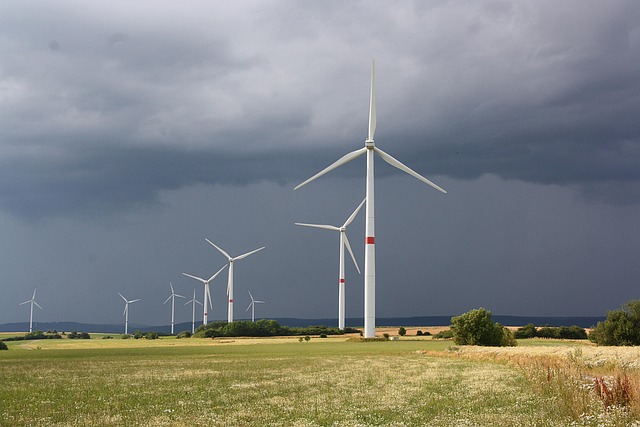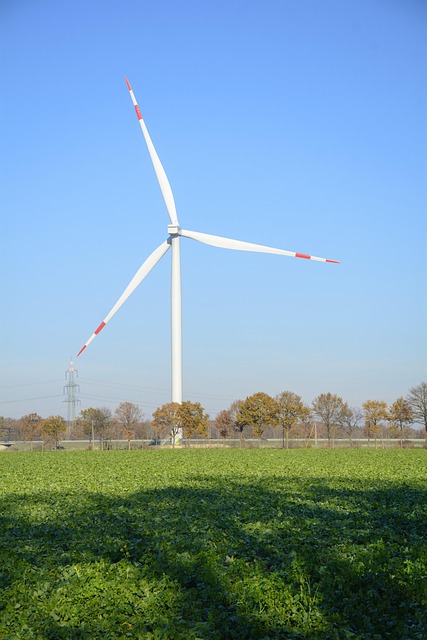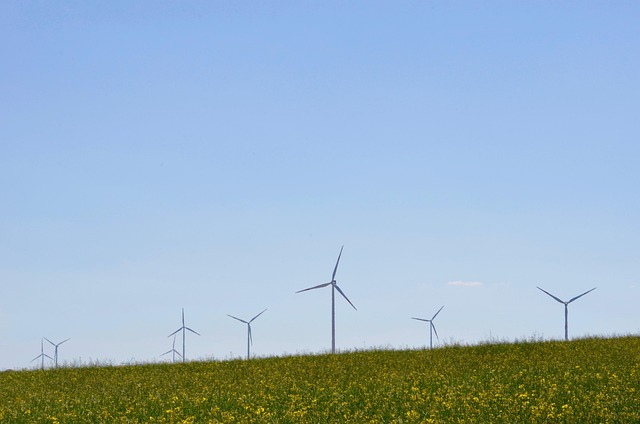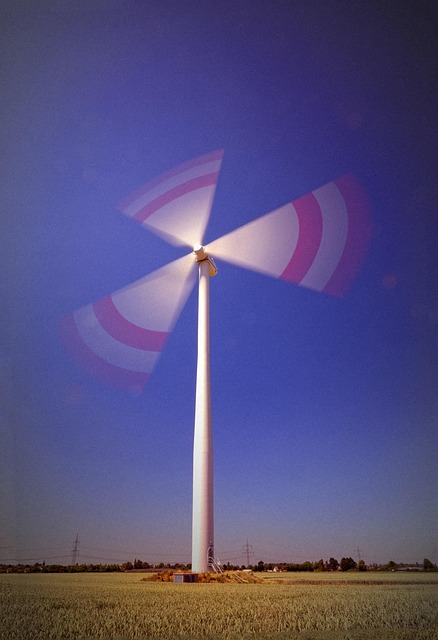Navigating the Challenges of Wind Power: What Lies Ahead
Wind power has emerged as one of the leading renewable energy sources in the modern world, contributing significantly to the global transition from fossil fuels to green energy. As we strive to meet the escalating energy demands while combatting climate change, wind energy is positioned as a vital part of a sustainable future. However, the journey towards an expansive and efficient wind power infrastructure is fraught with challenges. This article aims to explore these obstacles, assess their implications, and examine potential paths forward in the wind energy sector.
The State of Wind Power Today
Globally, wind power capacity has witnessed remarkable growth over the past two decades. According to the Global Wind Energy Council, the cumulative installed capacity reached approximately 743 gigawatts (GW) by the end of 2020, with significant contributions from countries like China, the United States, and Germany. Wind energy is not only pivotal for reducing greenhouse gas emissions but also plays a role in diversifying energy sources and enhancing energy security.
Modern technological advancements have led to an increase in the efficiency and cost-effectiveness of wind turbines. The average cost of onshore wind projects has decreased by around 70% since 2009, making it one of the most economical forms of electricity generation available today. Offshore wind farms, similarly, are gaining traction as innovations in turbine design and installation techniques continue to improve productivity and reduce operational costs.
The Challenges Ahead
Intermittency and Reliability
One of the principal hurdles in harnessing wind energy is its inherent intermittency. Unlike conventional energy sources like coal or natural gas, wind power generation is not consistent. Wind speeds can fluctuate dramatically, leading to periods where energy output may drop significantly. This variability poses challenges for grid management and necessitates the development of integrated energy systems that can accommodate these fluctuations.
To mitigate this challenge, investments in energy storage technologies, such as batteries or pumped hydro storage, are essential. By storing excess energy during periods of high wind generation and releasing it during low wind conditions, these technologies can enhance the reliability and consistency of wind power in the energy mix.
Grid Infrastructure and Integration
As wind energy capacity increases, the need for robust grid infrastructure becomes paramount. Many existing grids were not designed to handle the decentralized and variable nature of wind energy. Upgrading and expanding this infrastructure requires a multi-faceted approach, including investment in transmission lines, smart grid technologies, and better regulatory frameworks.
Grid integration also depends on local geography and energy demand dynamics. In remote locations where wind resources are abundant, the challenge lies in transporting that energy to urban centers where demand is concentrated. Developing inter-regional transmission connections can facilitate this process, but it often faces regulatory and financial obstacles.
Environmental and Social Impacts
While wind power is much cleaner than fossil fuels, it is not without environmental concerns. The construction and operation of wind farms can impact local wildlife, particularly birds and bats, which may come into contact with turbine blades. Understanding and mitigating these impacts is critical for both regulators and developers as they work to minimize ecological disruption.
Moreover, the establishment of wind farms can sometimes lead to social challenges, including opposition from local communities. Concerns about noise, aesthetic impacts, and effects on property values can result in resistance to new wind projects. Building trust and engaging stakeholders early in the planning process is vital for overcoming these societal hurdles.
Policy and Regulatory Frameworks
The wind energy sector is heavily influenced by government policies and regulatory frameworks. Supportive policies, such as tax incentives, renewable energy standards, and subsidies, have traditionally played a significant role in promoting wind energy development. However, as political landscapes change and priorities shift, the future of these supports remains uncertain.
Stability in policy can foster long-term investments in wind energy infrastructure. The absence of coherent and supportive regulatory environments can stifle innovation and growth in the sector. Therefore, continuous engagement with policymakers is necessary to advocate for regulations that support a sustainable wind energy future.
Innovations on the Horizon
Despite these challenges, the future of wind power is promising, underscored by ongoing technological innovations and research. Advancements in turbine design, materials science, and energy management systems are driving improvements in efficiency and performance.
Advanced Turbine Technology
The development of larger and more efficient turbines is a focal point in enhancing wind energy capture. Novel materials, such as lightweight composites, allow for larger blades without a proportional increase in weight. This increase in rotor diameter translates to greater energy generation potential in lower wind speeds, thereby expanding the viable locations for wind farms.
Floating Wind Farms
Offshore wind energy is entering a new phase, particularly with the advent of floating wind farm technology. These floating platforms can be deployed in deeper waters than traditional fixed-bottom turbines, unlocking vast offshore wind resources previously deemed inaccessible. This technology not only increases energy generation potential but also mitigates some land-use conflicts associated with onshore wind farms.
Digital Transformation and Smart Grids
The integration of digital technologies into wind farms and grid systems is set to revolutionize the sector. Smart sensors and data analytics can optimize turbine performance in real time, predict maintenance needs, and enhance overall operational efficiency. Furthermore, smart grids equipped with advanced management systems can facilitate better integration of variable renewables like wind into existing energy systems.
Looking Ahead: A Wind-Powered Future
The global push towards sustainable energy is relentless, and wind power will play an increasingly essential role in meeting global energy demands while reducing carbon emissions. However, navigating the challenges ahead requires collaborative efforts among stakeholders, including governments, industry leaders, researchers, and communities.
Investments in technology, infrastructure, and regulatory frameworks will be fundamental in surmounting existing hurdles. Only through proactive measures can we harness the full potential of wind energy and transition towards a greener, more sustainable energy future.
As we stand on the cusp of a new era in energy generation, embracing wind power as a cornerstone of our energy strategy is not merely a choice but a necessity. A consolidated focus on overcoming the challenges of wind energy can lead us towards a future defined by clean, sustainable, and abundant power.



